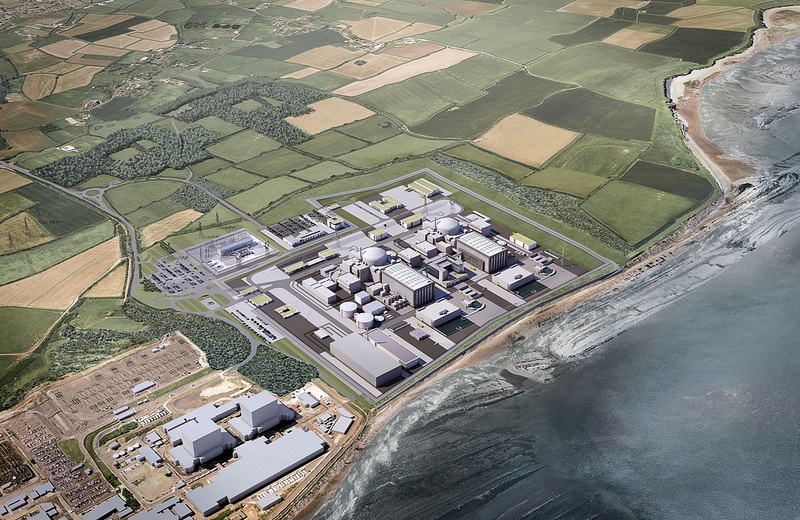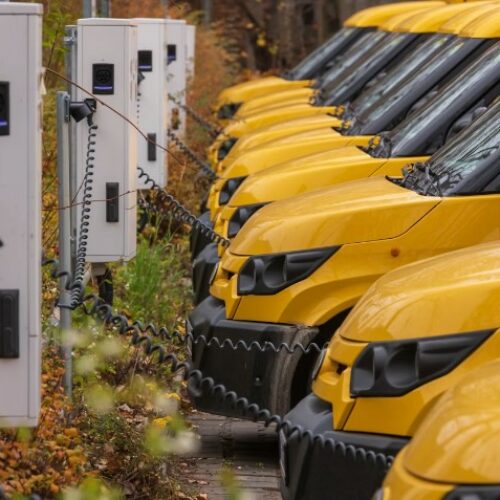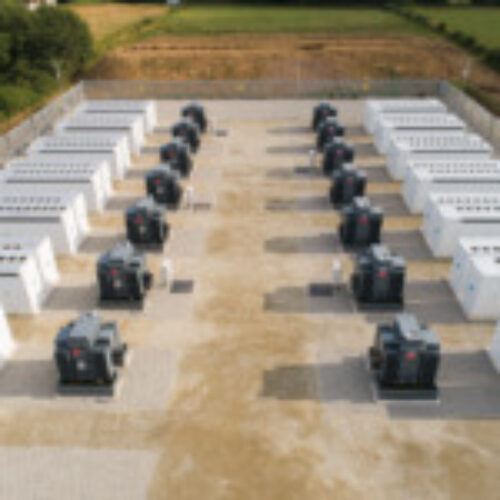Energy efficiency could offset the need for Hinkley Point C by 40% while demand side response (DSR) could make the project unnecessary altogether according to a new report published today.
With the future of the nuclear plant in doubt after the government recently put the project under review, the Energy and Climate Intelligence Unit’s ‘Hinkley: What If?’ report examines what alternatives could be used to compensate for the absence of Hinkley’s 3.2GW of baseload power.
It argues that insulating buildings and switching to less energy-intensive appliances and processes have the same effect on the balance of supply and demand as building new power stations.
The analysis is based on an average of the four National Grid future scenarios, which forecast potential deployment based on varying levels of ambition. Its most ambitious would see demand fall by 10TWh, which would be enough to offset two-fifths of the output from Hinkley.
However, it adds that this figure is an underestimate as it does not include potential improvements in businesses or the public sector.
The report also concludes that demand side response could also provide enough capacity to replace the power station to meet peak demand if around 11GW is made available. This figure is based on National Grid’s assumption of 29% of DSR capacity being available when it is needed, although several DSR providers have argued the true figure is around 80%, requiring significantly less capacity.
This case is backed by evidence from countries where DSR is more established such as the US, where the PJM network – the largest grid operator in the north-east – reports that 63% of capacity is available within 30 minutes of a request being lodged.
The report states: “There is little doubt, then, that the UK could do without Hinkley’s 3.2GW of power delivered to the grid at times of peak demand simply by exploiting demand-side response to a fairly modest degree beyond ‘business as usual’.
This method of replacing the need for Hinkley with DSR would also be delivered far cheaper, with the report estimating 11.2GW of capacity would entail an upfront, one-off payment of around £2.25 billion.
Over a 15-year period this equates to an annual cost of £150 million and at around £200,000 per MW, this leads to an investment saving of around £15.75 billion. If financed through the capacity market, the annual cost would drop to £310 million per year, although this is likely to be significantly lower as the industry scales up and cuts costs.
Both these alternatives would not carry a carbon penalty, while DSR via on-site generation from renewables such as solar would actively help to reduce emissions.
These alternatives would also fall in line with what many consider is the UK’s ongoing shift to a more decentralised energy system. The National Infrastructure Commission’s Smart Power report released in March this year stated an energy system based largely on greater interconnections with Europe, world-leading storage technologies and greater demand flexibility could save consumers as much as £8 billion a year by 2030.
ECIU Energy Analyst Dr Jonathan Marshall said: “Electricity systems are changing rapidly across the world, and it’s striking that figures such as the former head of National Grid and his Chinese counterpart have said recently that ‘always-on’ baseload generation is the way of the past.
“And I think our report illustrates the reason why things are changing – increasingly, smart, flexible and renewable equals cheap and reliable.”
Paul Massara, chief executive of North Star Solar and former CEO of RWE npower, said: “When energy markets are so clearly heading in an entirely different direction, it looks like madness to push ahead with Hinkley.
“Listen to any informed energy market insider, and they will tell you that future grids will be smart, decentralised, flexible, and dominated by a mix of renewable energy, demand-side and energy efficiency measures, and storage.”
While energy storage was left out of ECIU’s projections due to the rapidly changing costs, the report accepts that the widespread view of storage is that it will disrupt the status quo as prices fall, removing the need for ‘always on’ generation from large, centralised power stations and reforming the role of variable-output renewables, especially solar.





